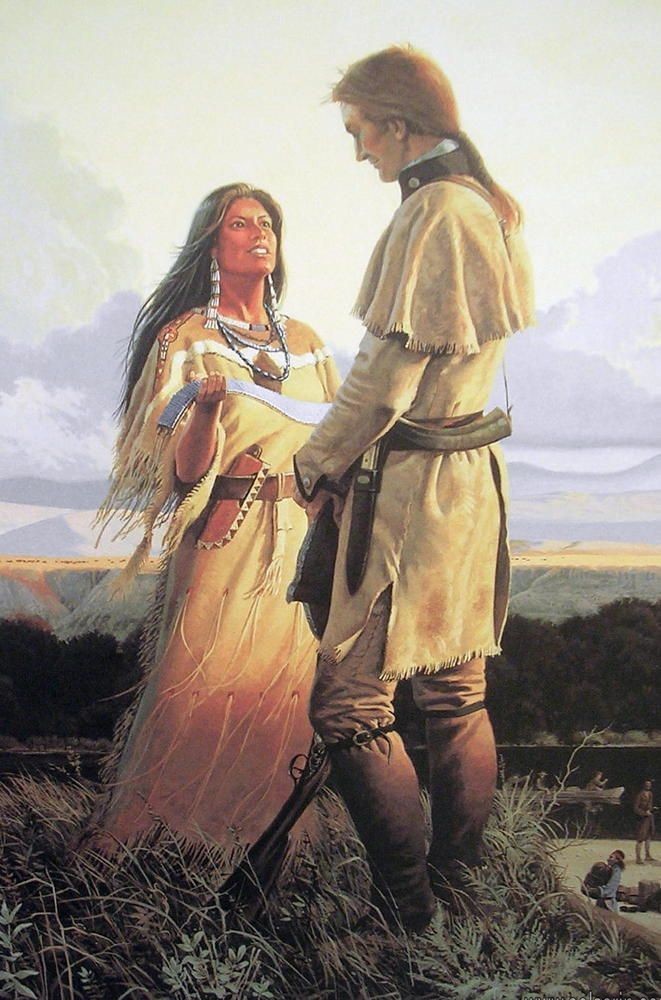

The Corp set up camp, building Fort Clatsop near present-day Astoria, Oregon. The Corps then started a difficult 200-mile trek over the Bitterroot Mountains (the northern segment of the Rocky Mountains) before taking the Clearwater, Snake and Columbia Rivers to what is now the coast of Oregon, where they beheld the Pacific Ocean for the first time in November 1805. They reached the Pacific Ocean 18 months after the expedition beganĪfter crossing the continental divide through the Lemhi Pass, at the present-day Montana-Idaho border, it became evident that there was no fabled all-water route to the Pacific that President Jefferson had hoped for. soon began to make a roaring too tremendious to be mistaken for any cause short of the great falls of the Missouri.

whin my ears were saluted with the agreeable sound of a fall of water and advancing a little further I saw the spray arrise above the plain like a collumn of smoke. I had proceded on this course about two miles. In June 1805, working with descriptions given them by Native Americans, they discovered the Great Falls of the Missouri, making them the first Americans to see them. With the invaluable Sacagawea, who acted as a translator and guide, the men journeyed up the Missouri River into Montana. With such men I have everything to hope, and but little to fear.” “At this moment, every individual of the party are in good health, and excellent sperits zealously attatched to the enterprise, and anxious to proceed… all in unison, act with the most perfect harmoney. “I can foresee no material or probable obstruction to our progress, and entertain therefore the most sanguine hopes of complete success,” Lewis wrote in 1805. The Corps were soon joined by Sacagawea’s baby, Jean Baptiste Charbonneau, who the doting Clark called “Pomp.”ĭespite hardships, danger and the constant threat of the unknown, positivity would reign throughout most of the expedition. The group included two invaluable members who America had not treated kindly – York, a Black man owned by Clark, and a 16-year old pregnant Lemhi-Shoshone called Sacagawea, who had been forced into marriage after being purchased by a French-Canadian trapper named Toussaint Charbonneau. By November 1804, the Corps had made its way to North Dakota, where its core of 33 adventurers was cemented.


 0 kommentar(er)
0 kommentar(er)
